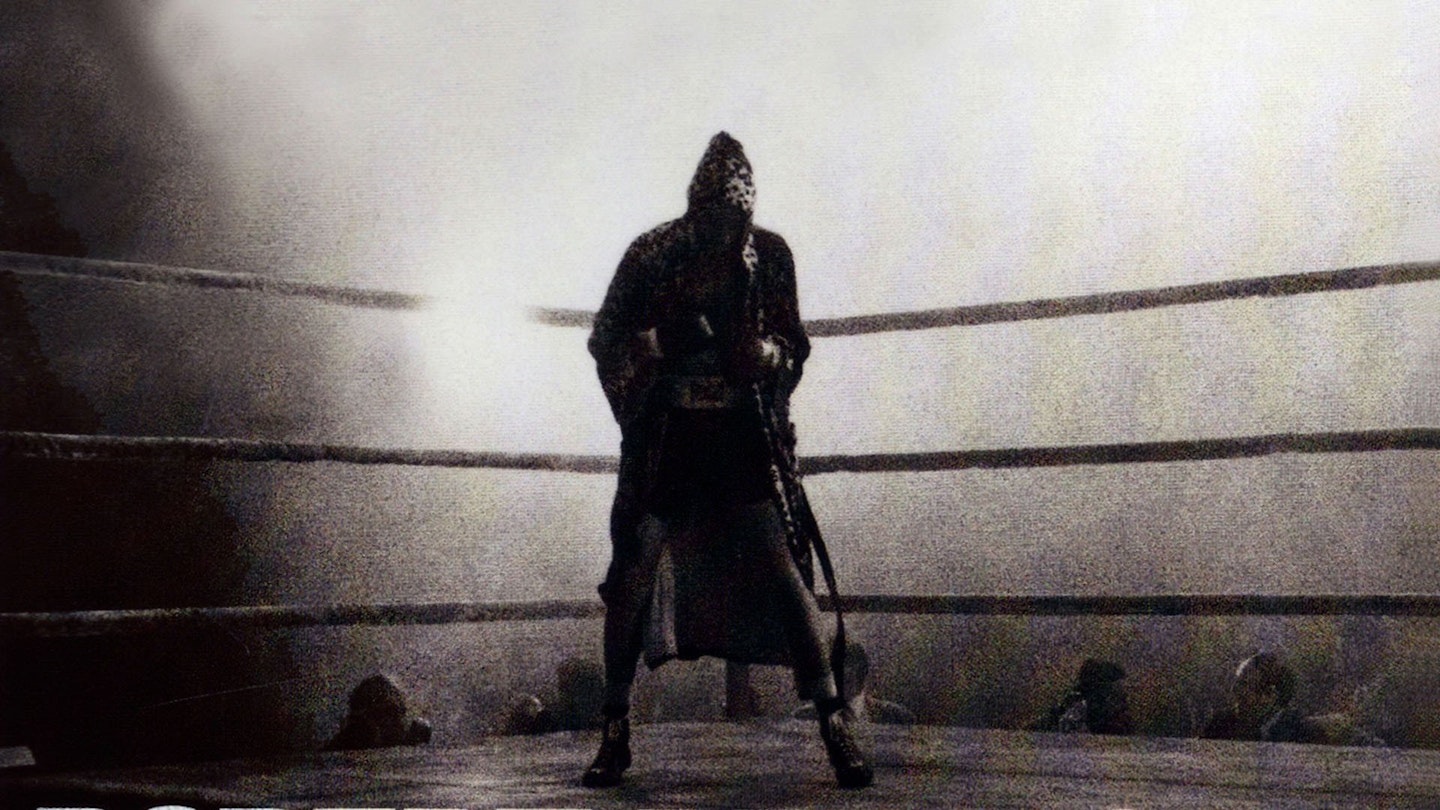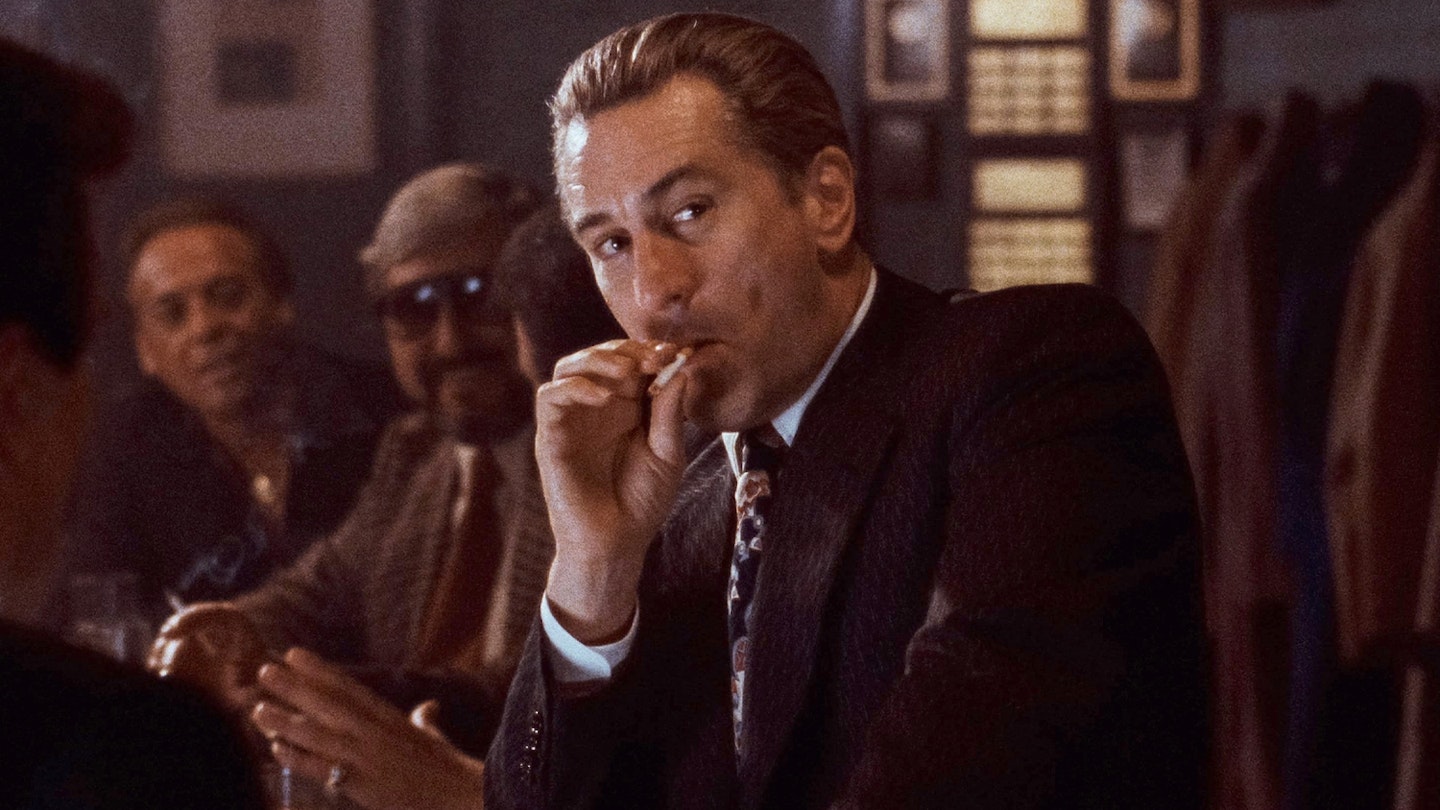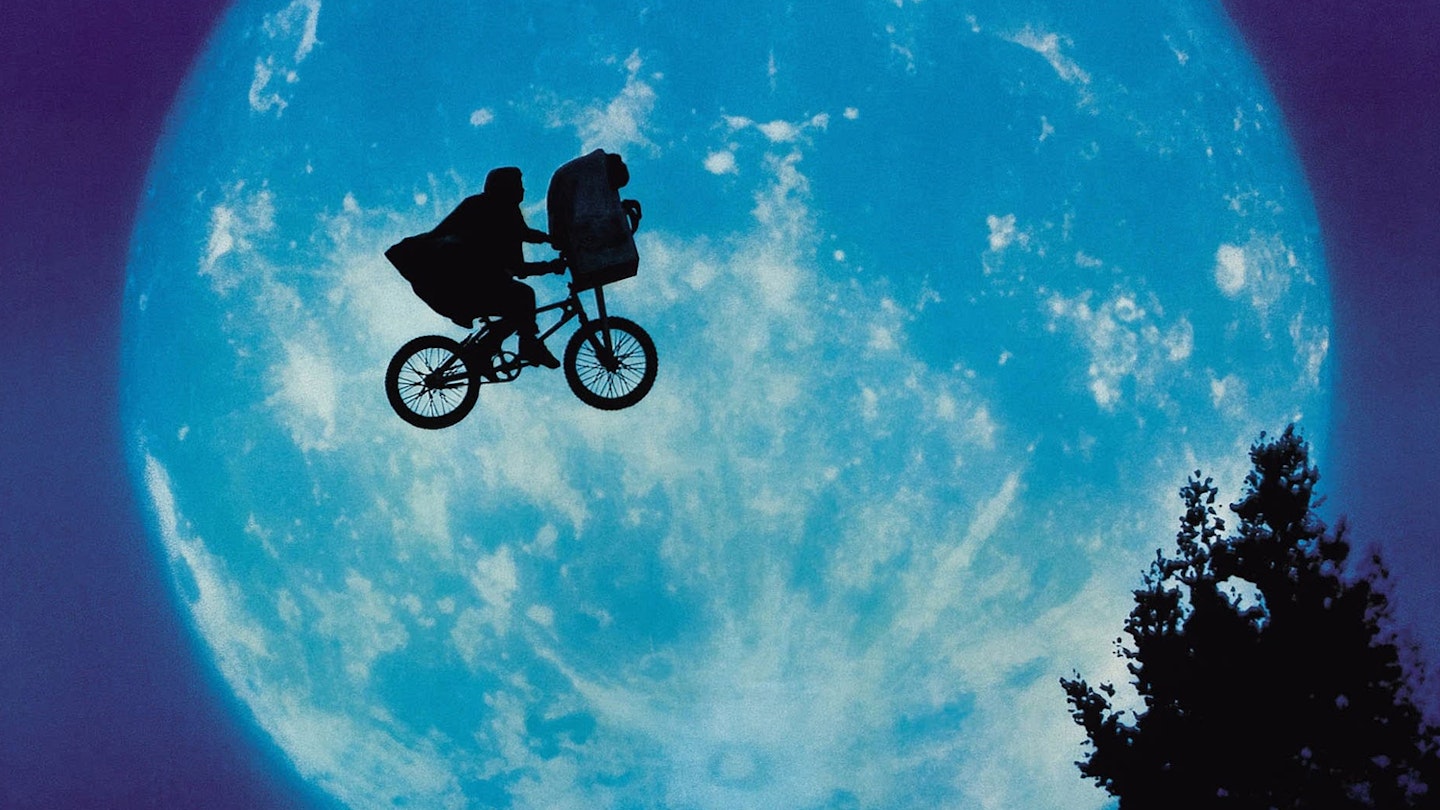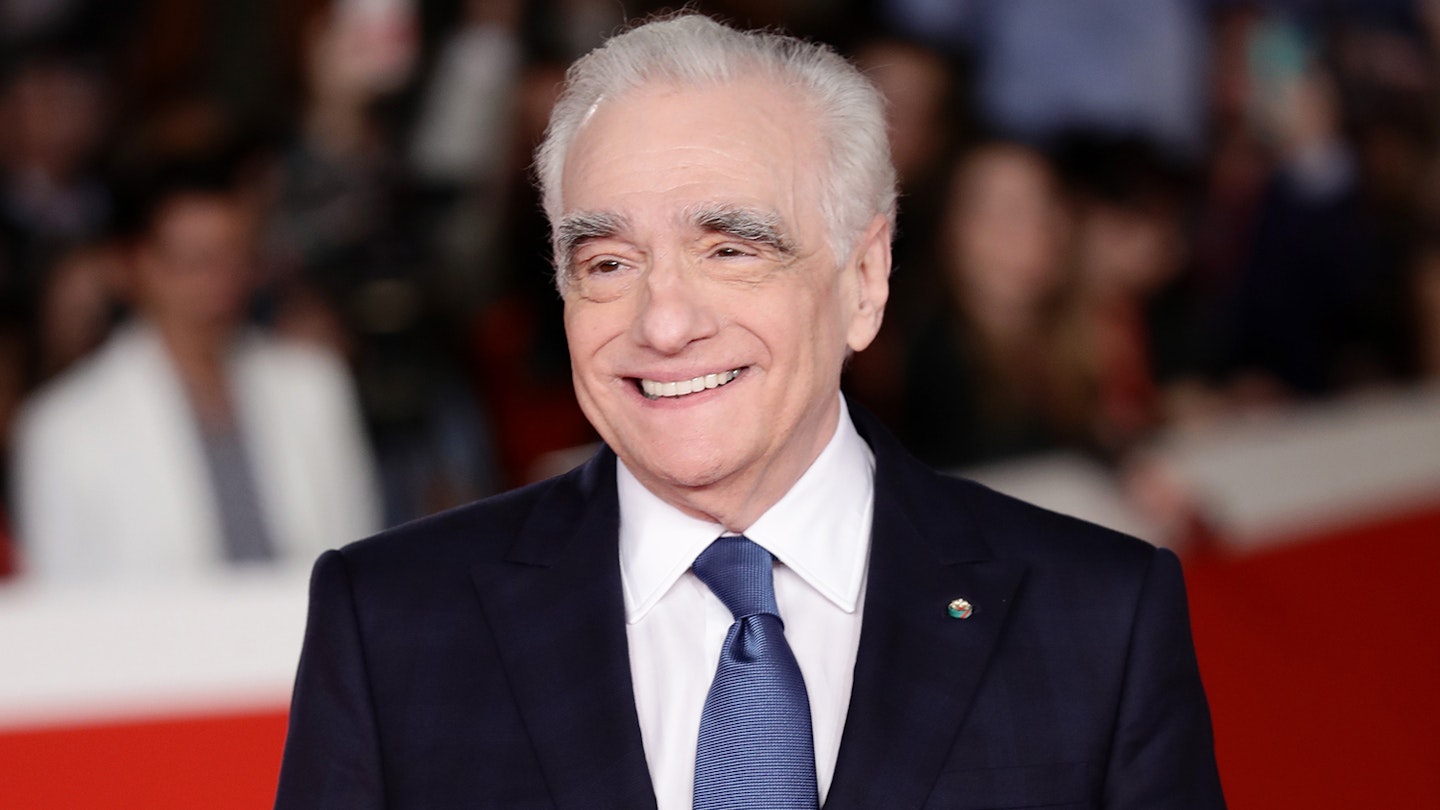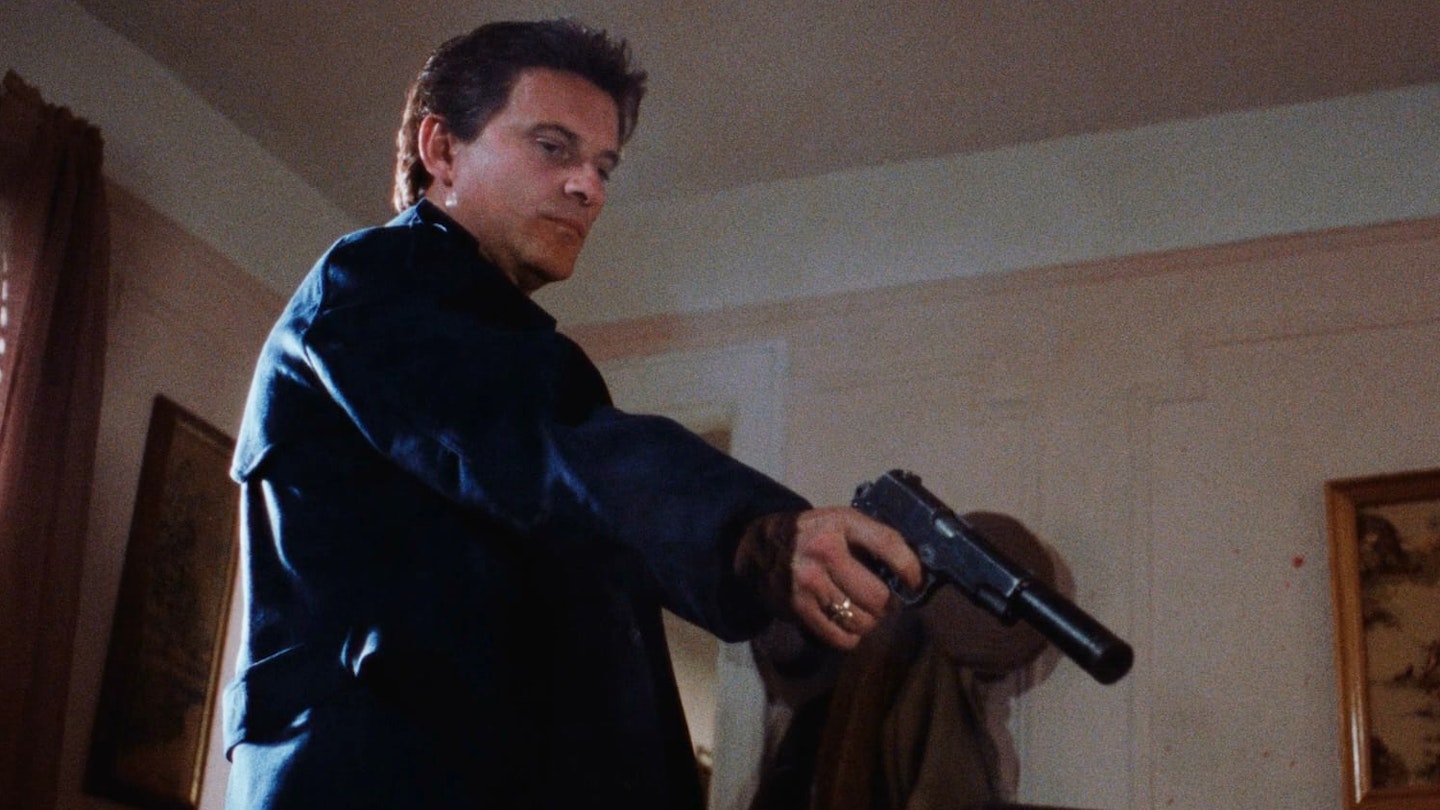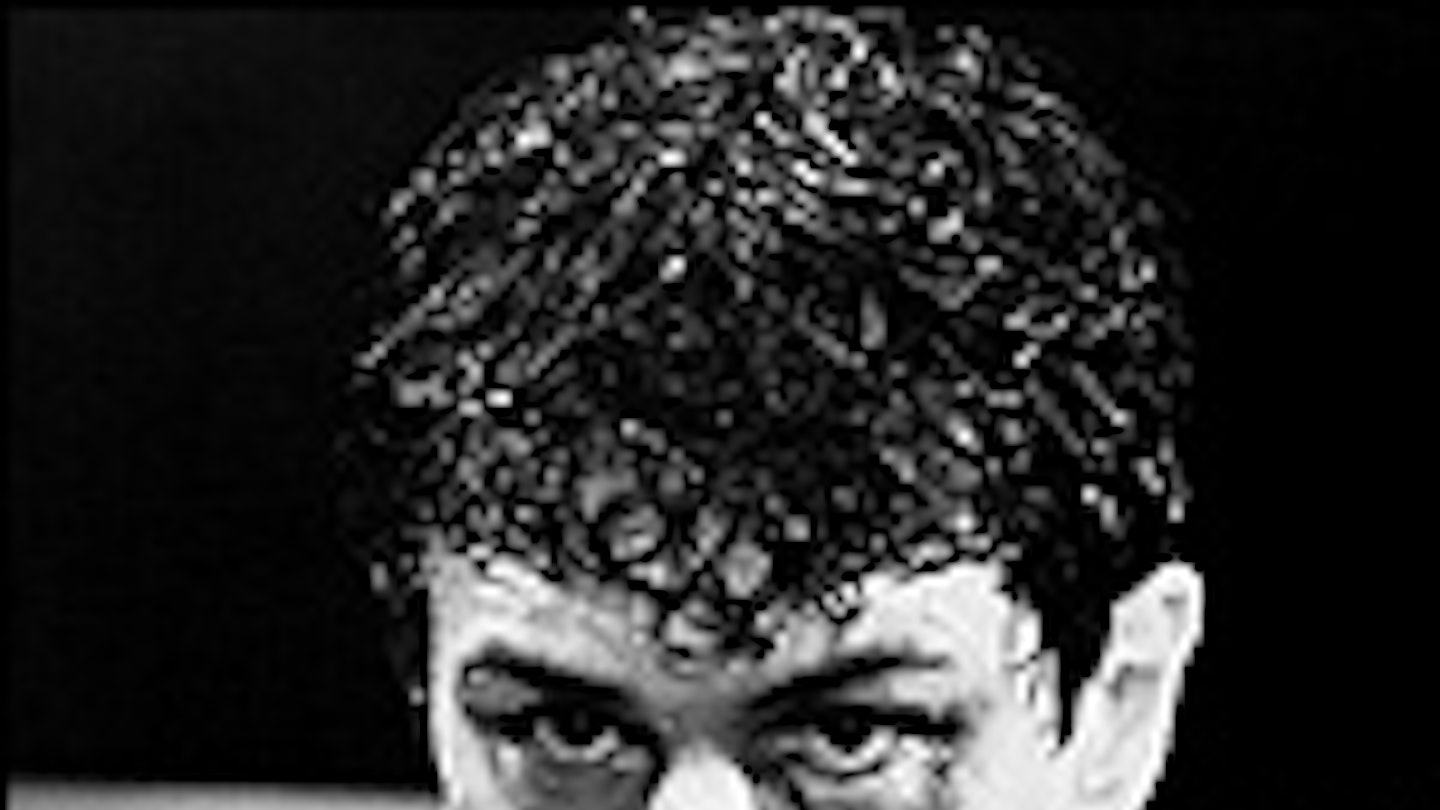Let’s not quibble, Raging Bull is everything it is cracked up to be. Those contrasting licks of docu-drab and dreamily inventive black-and-white cinematography, framed to perfection. Those virtuoso dimensions of character, boldly grim and depressing to the bitter end, reducing viewers to gibbering wrecks, slumped by the shocking depravity that can be touched by the human spirit. The chocolatey velvet of its blood — incidentally, all Jake LaMotta's — spurting, gushing and draining away like rainwater, where every vital droplet tells you something you probably didn't want to know. It is hard to adore Raging Bull like an E.T. or even a GoodFellas, but the angry voice of American cinema rang as clear and cold as the ringside bell back in 1980, when Martin Scorsese laid down a peerless imprint of what cinema could aspire to — art, truth and exhaustion.
What it's not is a film about boxing. For all the reams of paper poured out on the grandeur of the recreations of Jake LaMotta's most celebrated bouts, which strike the movie like a drumbeat, Martin Scorsese had no interest in strategy or prowess. When he came to research the sport, he visited a couple of fights where only two images stuck with him: the blood-soaked sponge wiped across the fighter's back, and the pendulous drops left smeared on the rope. Pugilism was mere context; Scorsese was sold on the heart of darkness. This is a film about man's capacity for self-destruction, where its protagonist lived his own metaphor.
While scholars and cineastes will harp on about Scorsese's indelible craft, this — even more so than Taxi Driver—is the collective work of the sacred triumvirate of the tiny Italian movie god, his earthly son Robert De Niro, and the holy spirit of screenwriter Paul Schrader (who reworked Mardik Martin's original script). In truth, it was De Niro's hunger that drove such an unsettling proposition to the screen. He nagged the director with his well-thumbed copy of LaMotta's biography, Raging Bull: My Story, a book he had read while shooting The Godfather Part II. It must have appealed to his sense of the unbound: to expose his rigorous talent to the savagery not only of the boxing arena, but the consumptive demons that jabbed away inside LaMotta's battered skull.
But Scorsese demurred. He was dismissive of making a boxing film (Rocky had just been a massive hit), sceptical of the veracity of LaMotta's story and, more seriously, disillusioned by the failure of New York, New York. It was a bad time for the director, who was losing track of his muse amid a blizzard of cocaine and lithium, intent on partying himself into destruction. When he was rushed into hospital with massive internal bleeding, it looked like the gig might be up and a mighty talent would be lost, consumed by self-loathing. When De Niro visited him in hospital, the actor nudged him once more about this biopic of a boxer eaten alive by his own neuroses, who lashed out at all who loved him. Finally Scorsese saw something he could relate to—his own life. The movie was to prove the rebirth of a filmmaker.
With his mind cluttered with film lore, Scorsese would encourage references to the sub-genre of '50s boxing noir, such as Body And Soul (1947) and Champion (1949). Michael Chapman's lordly monochrome camerawork drew from the famous Weegee snapshots of' 50s New York that enticed the director with their austere yet atmospheric power. However, Scorsese finally opted for black and white because it simply lasted longer and didn't suffer the sapping of hue that occurs with colour. From there he conjured two distinct flavours within the film. Outside the ring, in LaMotta's dense and explosive home life, the camera remains starkly still, allowing the drama to retain the unnerving veracity of real life. Here LaMotta fizzes like a lit fuse, the distinctions between canvas and kitchen violently blurred. More celebrated, despite occupying only ten minutes of the running time, are the bouts themselves, which are told in tightly-edited snapshots of recorded events. Scorsese had no interest in the 'real' rope-a-dope thrill of Michael Mann's Ali; instead he created swelling dreamscapes, where the brute force of the sport is transposed into opera. The camera enters the ring like a dance partner, rendering the teeming violence as noble as the wife (and brother) beating is sickening and puerile. As the fragments of Pietro Mascagni's glorious Cavalleria Rusticana soothe the images, the flashbulbs of the cameras sparkle like shattering glass against the stinging lash of a whip. The film may have been a box office flop, but those scenes have passed into movie iconography.
Let's not dwell on the much-lauded Method madness of De Niro. Yes, he actually entered real fights to confirm his boxing skills, and, indeed, he took two months to swell his belly and chops, care of Tuscan pasta and heaps of ice cream. Yet it is in the quiet of the man that the performance truly sings, revealing the loosening threads of self-control, the internal rupture.
When LaMotta is seen distinct from his demons, his collapse is all the more tragic. There were limits, however. Schrader was pushing harder than even De Niro was willing to go. His earlier script had LaMotta hopelessly attempting to masturbate in the prison cell; every time his juices rise, he pictures the face of a woman he has abused. It was 'softened' to De Niro punching the wall in uncontainable agony. Not to forget the extraordinary work of Joe Pesci, whose robotic tongue fires up Joey LaMotta, conscience and confidant to Jake and possibly the greatest piece of collateral damage wrought by the boxer's paranoid fury. And Cathy Moriarty who, aged just 17, ably depicted the mirror-conflict within second wife Vickie: between love and disgust.
Raging Bull prevails as a film about conflicts—most obviously, those within a man whose soul had become dependent on guilt and absolution. LaMotta was never floored by a punch, never counted out, withstanding wrecking-ball punishment; as his blood is sponged clear from the mess of swollen tissues where his face once was, there comes the blessed sense of relief. Scorsese and Schrader were turned on by the depths of his Catholic mother lode (it's the power that binds their boiling galaxy together): the ring as confessional, masochism as psychological need, psychosexual inadequacy fulminating away like a snorting bull. Little wonder that the studio, United Artists, was confounded by the film.
As hard as it might be for audiences to directly relate, they get an uncomfortable exposure to the netherworld of their own id taken to a devilish extremity. LaMotta repeatedly stares himself down in mirrors — an echo of Travis Bickle — eyeballing the crushed face of his greatest opponent. There are bigger conflicts still. Raging Bull was made at a time when the concentrated slab of commercialism was sweeping aside the brilliant opportunism of '70s American cinema. Scorsese could see and feel the strains around him, hence the film's unique tension between art and pleasure, spectacle and truth. As LaMotta pathetically intones to his louche, gut-bucket of a face as the films slumps to its sorry close: "So gimme a stage where this bull here can rage. And though I can fight, I'd much rather recite — that's entertainment."
Hollywood was stirred by the thought, but gave the Oscars to Ordinary People. Ten years later, Raging Bull was voted the finest film of the '80s by the American Film Institute. As Scorsese instinctually knew, the film's power would never fade.
